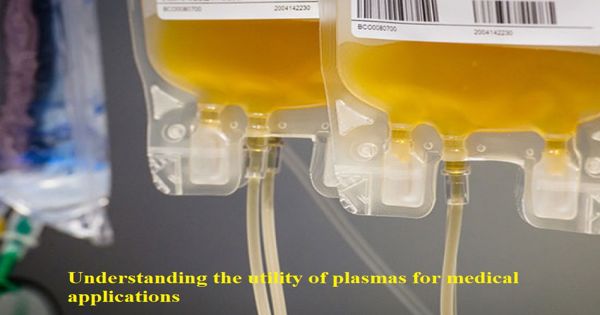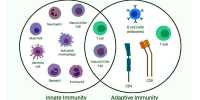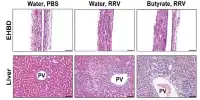Researchers aim to better explain the utility of plasmas for medical function
In recent years, plasma has shown considerable interest in the fields of chemistry, genetics, physics, biotechnological and medical sciences. Plasma medicine is an evolving field, as plasmas demonstrate the potential for use in a wide variety of treatments from wound healing to cancer care. Plasma jets are the primary plasma sources commonly used in plasma surface applications. However, a deeper understanding of how plasma jets change the surfaces of biological tissue is needed before applications can advance.
The term plasma medicine refers to the direct treatment of human plasma cells with the use of plasma physics for medicinal purposes. To assist with this interpretation, researchers at the Russian Academy of Sciences performed computer simulations of the relationship between a plasma ambient pressure jet with a surface that has properties identical to blood serum. They present their research in the Journal of Applied Physics, published by AIP Publishing.
Researchers aim to better explain the way plasmas interact with biological materials to help pave the way for plasma use in wound healing and cancer therapy.
“While using the plasma jets for the purpose of plasma medicine, it is important to know that the presence or absence of the treated surface in the vicinity of a jet significantly influences jet parameters,” said Natalia Babaeva, one of the authors. “For example, wounds with blood serum can have different properties. These properties can also vary during plasma treatment.”
Depending on the characteristics of the tissue being processed, the plasma jet can behave in a variety of different ways. Plasma jet ionization waves can reflect back and forth or scatter across the tissue as a surface discharge. Several biological applications of physical phenomena such as X-Rays, MRI machines, x-ray crystallography have been used in this century, both of which offer outstanding biomedical knowledge about the human body.
For the form of plasma Babaeva and her team studied, they find that the biomaterial-like surface will lead to numerous reflections of the plasma jet, and with each passage, the number of electrons and radicals—a type of highly reactive molecule—is increasing. Specifically, the identified radicals are oxygen, hydroxide, hydrogen peroxide, ozone, and nitric oxide, also known as reactive oxygen species and reactive nitrogen species.
“Reactive oxygen species and reactive nitrogen species are important for the actions of antimicrobial drugs, cancer, and wound healing therapies,” Babaeva said, adding that they both play an active role in the immune systems of animals and plants.
Quantifying these radicals and knowing the direction and magnitude of their flow is critical for maximizing the use of plasmas in biomedical applications where the ability to regulate their activity to any degree is essential. Team simulations provide the means to simulate this activity.
“This prediction is very important, as it determines the plasma treatment potential,” Babaeva said. “Our research adds some knowledge on the particular behavior of the jet in the presence of highly conductive surfaces.”















